Everyone in "The Legend of Zhen Huan" turned out to be masters of musical instruments
The Legend of Zhen Huan is on the hot search again
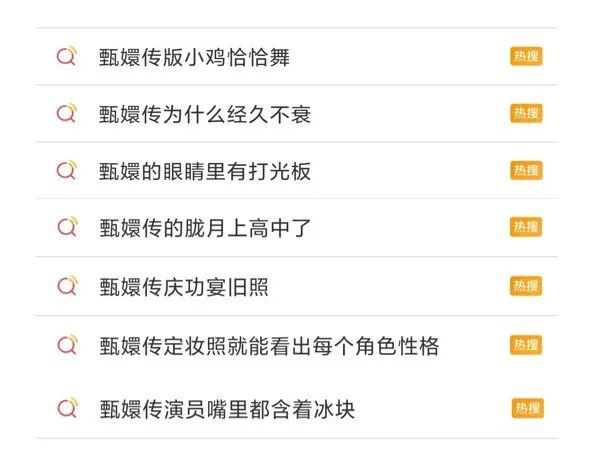
The Legend of Zhen Huan is about to be smashed by everyone
Zheng Xiaolong: It's been eleven years, I beg you to watch other dramas
As an enduring palace fighting drama
really see often new
The Legend of Zhen Huan has a little magic in it

During the past holiday, I played The Legend of Zhen Huan at home and found that everyone in the play is a master of musical instruments. Today, let's take a look. Do you know the musical instruments in the hands of the little masters in the play?
Guqin
In "The Legend of Zhen Huan", there are many people who have played the guqin: Meizhuang, Zhen Huan, Shu Taifei, Yu Rao and others have played it. Come. Among them, the most famous guqin in the play is the "Sauvignon Blanc".
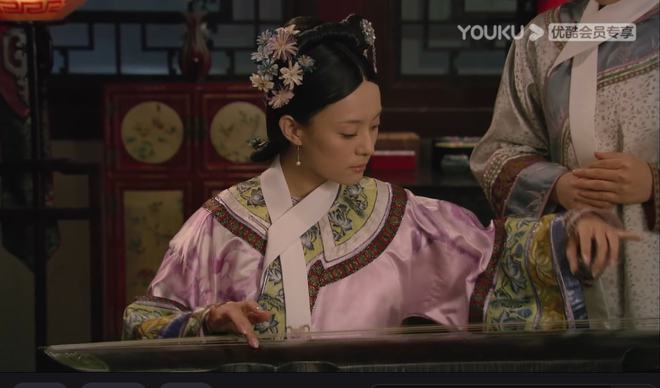
Since ancient times, the qin has been ranked first among the four traditional cultural arts of "qin, chess, calligraphy and painting", and is regarded as a representative of elegance. The qin in "Qin, Chess, Calligraphy and Painting" refers to the guqin. Guqin is also known as Yaoqin, Yuqin and Seven-stringed Qin. It is the oldest plucked instrument in China, several thousand years earlier than the piano. It has a history of more than three thousand years.
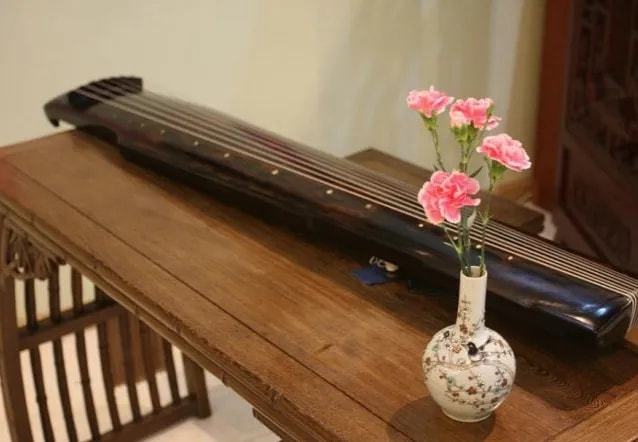
Guqin is beautiful in shape, and the common styles are Fuxi, Zhongni, Lianzhu, Luoxia and so on. Guqin has rich cultural connotations, and some components are endowed with beautiful meanings. The head of the qin is six inches wide, symbolizing the north, south, east, and west, the sky and the earth, and the seven strings of the qin symbolize the harmony between the ruler and the minister. The four-inch tail of the qin symbolizes the alternation of the four seasons, and the thirteen emblems of the guqin represent the December and intercalary months. Guqin has three kinds of timbres: scattered tone, overtone, and pressing tone. "Quiet" is the biggest characteristic of qin tone.
Guzheng
In the play, there are two people who are good at guzheng, one is a nobleman of Fucha, and the other is a nobleman of Ying. At the New Year's Eve banquet, "Fishing Boat Sings Evening" played by Fucha nobles is the most popular and most famous zheng solo. The famous song "High Mountains and Flowing Water" performed by noble Ying for the emperor was also praised by the emperor.
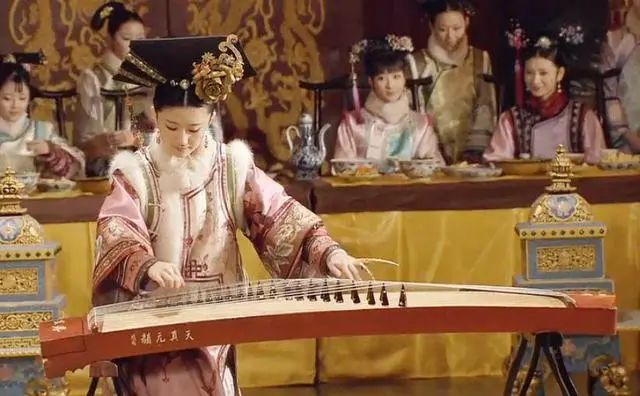
Guzheng, also known as Hanzheng and Qinzheng, is also an ancient traditional musical instrument in my country with a history of more than 2,500 years. popular among the masses. The guzheng is 1.63 meters long and has 21 strings (different from the 7 strings of the guqin). The compatibility and expressiveness of the guzheng are also very strong. Whether it is a modern pop song, a traditional guzheng famous song, or a combination of Chinese and Western tunes, it can be easily controlled and truly appreciated by both the refined and the popular.
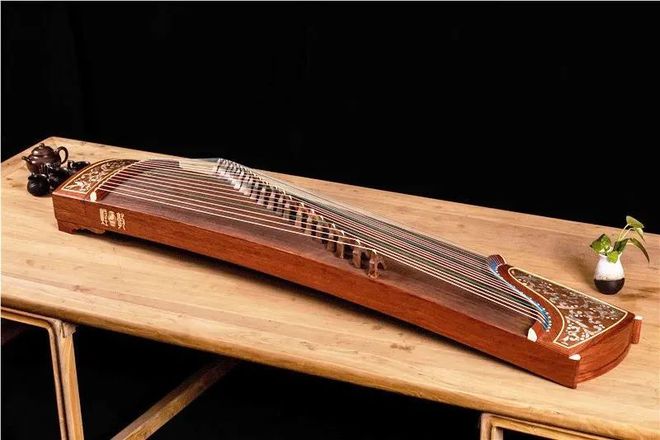
flute
When it comes to who plays the flute in the play, we certainly don't need to guess. That must be our Seventeen Yeguo County King. Huan Huan said: In addition to King Guojun in the palace, who can keep a flute in the palace? Who is still reminiscent of the King of Guojun playing the flute and entering, to accompany Huan Huan to a startling dance. In the sparse shadow of apricot flowers, play the flute until dawn. Long Xiangshou and Sauvignon Blanc, the music has the same meaning, the piano and the melody.
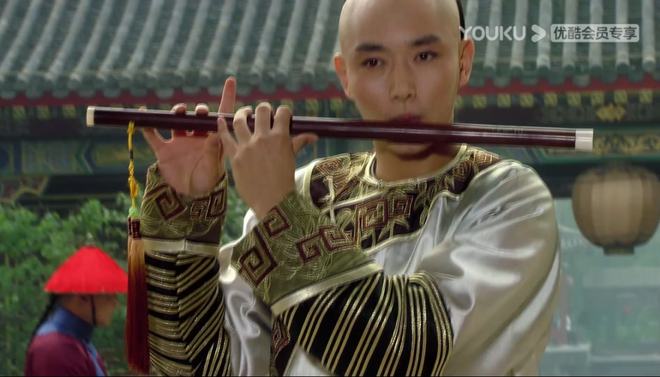
Dizi is the oldest Han musical instrument discovered so far, with a history of more than 4,000 years. Not only ordinary people love it very much, but it is also an indispensable instrument in court music. Dizi is often used in Chinese folk music, opera, Chinese national orchestras, Western symphony orchestras and modern music, and is one of the representative instruments of Chinese music.
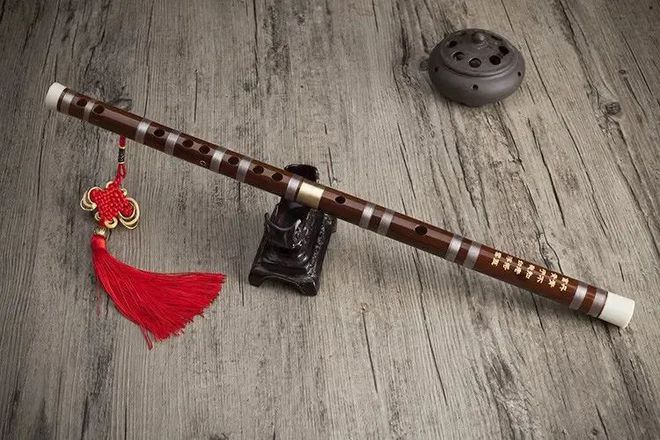
Most of the flutes are made of bamboo, and the most common one is the six-hole bamboo flute, which has one blow hole, one membrane hole and six sound holes on the front. There are also many literati and writers in the past dynasties who used the flute as the theme to create poems and poems to express their emotions, such as "whose jade flute is flying secretly, and scattered into the spring breeze in Luocheng"; "Why should the Qiang flute complain about the willows, the spring breeze does not pass through the Yumen Pass", etc., it can be seen that The flute is very popular among people.
That year when the apricot blossoms were raining lightly, Huan Huan sat on the swing and played the song "Spring Shadow of Apricot Blossoms". That was the first time the emperor saw Zhen Huan since the audition, and he always remembered the scene in front of him, saying that seeing her seemed to have nothing to do with the mundane and mundane things, and he was very content. In the play, only Huan Huan played the flute.
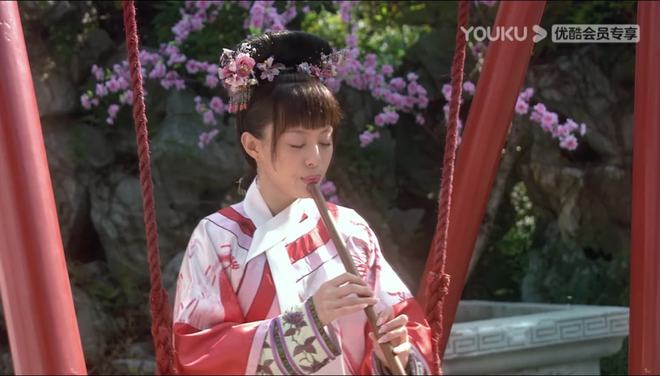
Xiao, also known as dongxiao, is an ancient Chinese chiming musical instrument. As early as thousands of years ago, Xiao has been circulated among Chinese people. In ancient times, the flute was generally used for court music performances. There is an old saying: the horizontal flute and the vertical flute, it is an ancient single-pipe vertical wind instrument with a round and soft tone, quiet and elegant, suitable for solo and ensemble. The structure of the Xiao is relatively simple, and its shape is very similar to that of a flute. It is generally made of bamboo with blow holes at the upper end. The body of the pipe is slightly longer than that of the flute. According to the number of sound holes, the flute can generally be divided into six-hole flute and eight-hole flute. The xiao is mainly suitable for playing low and euphemistic tunes, expressing delicate and rich emotions in the quiet and distant reverie. It is quiet and elegant, with endless aftertastes, and it is rare to meet friends and be intoxicated by it.
 渝公网安备 50010702504639号
渝公网安备 50010702504639号